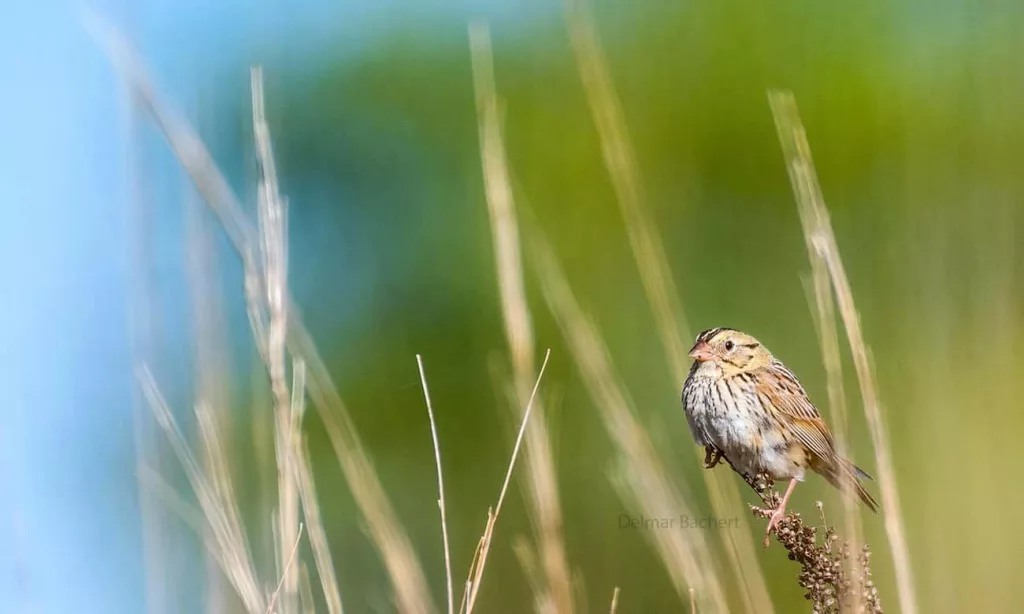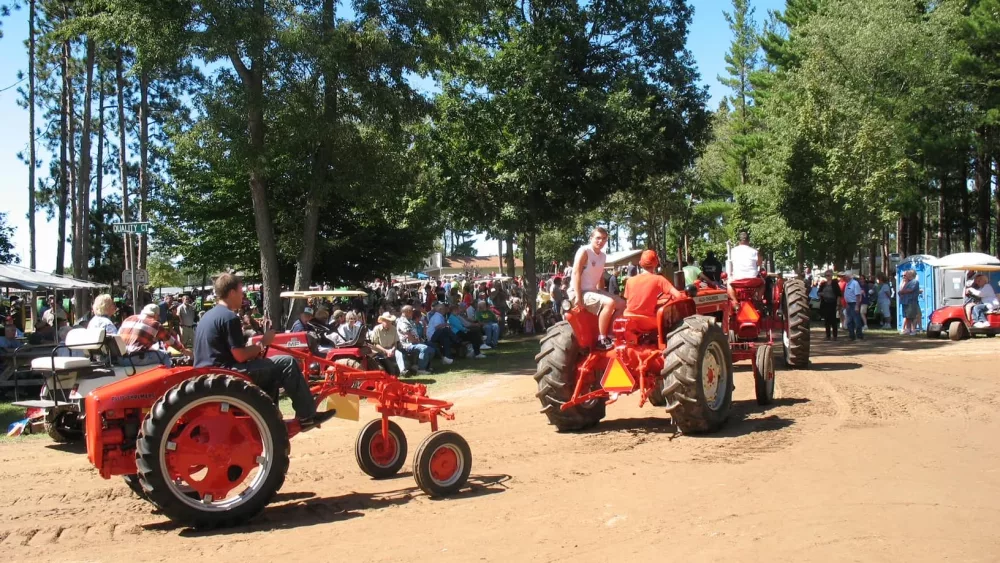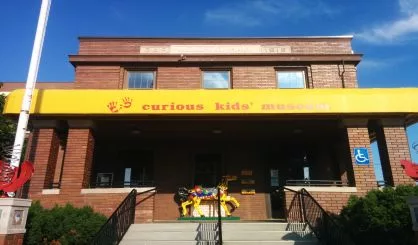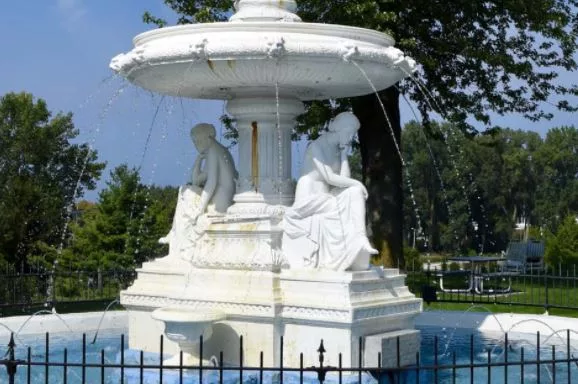With an increase in habitat loss and fragmentation, birds like the Henslow’s Sparrow and Eastern Meadowlark are among some of the rare and threatened species in steep decline. Fortunately, folks like those at the Cornell Lab of Ornithology exist and have stepped up in our area with support for the Southwest Michigan Land Conservancy.
This spring, the Cornell Labs Land Trust Bird Conservation Initiative awarded Southwest Michigan Land Conservancy (SWMLC) a $20,000 grant for bird monitoring and restoration of grassland and savanna habitat.
The conservancy actively manages more than 4,000 acres of diverse natural areas for ecological health, including habitat restoration that supports some of southwest Michigan’s most rare and threatened bird species. Grassland and savanna birds like the Henslow’s sparrow, Eastern meadowlark, bobolink, and red-headed woodpecker are among those birds whose populations are in steepest decline throughout the Midwest, mostly due to habitat loss and fragmentation. A recent study in the journal Science has determined that North America has lost 1 out of every 4 birds since 1970 (nearly 3 billion birds), with grassland species chief among bird groups seeing the greatest decrease.
SWMLC Stewardship Director Mitch Lettow says, “We’re excited that the Cornell grant will enable us, for the first time, to incorporate bird monitoring at important grassland and savanna sites to help us make sure our restorations are on target and we’re doing the most we can for the birds we all care about.”
The conservancy will implement bird surveys and monitoring protocols on over 700 acres of grassland and savanna habitat on its protected lands, and work to establish long-term monitoring capacity through volunteer outreach and training. In addition, they will conduct complementary grassland and savanna habitat improvements on 236 acres using prescribed burns, invasive species removal, and canopy thinning.
Grassland and savanna habitat hosts unique bird communities, but these rare habitats need to be created or managed – thus, groups like SWMLC that play an active role in conserving, creating, and restoring these habitats provide the most direct way to protect these birds. For example, since its first project in 2003, they have converted nearly 300 acres of former farmland with poor soil to grassland bird habitat. Already, during 2020 monitoring under this grant, surveyors have detected state-endangered Henslow’s sparrows and bobolinks in these grassland restorations, the latter of which has declined regionally 65-percent over the last 50 years. This provides a clear link between SWMLC’s restoration actions and conservation of rare bird species, and demonstrates that something can be done about the troubling bird declines with the right actions and support.
Lettow says, “By establishing a series of bird surveys, not only do we understand more about bird habitat use at each preserve, but we create historic baselines that we can build on over time and compare with future surveys to look at population trends of species.”
SWMLC seeks to make the most positive possible long-term impact on these declining bird populations by understanding bird use of grassland and savanna restorations and guiding management strategies accordingly. They are also a non-profit that relies on memberships and donations to do their work and protect these charismatic species.
The Cornell Land Trust Bird Conservation Initiative grant is a one-year grant which began in June of this year, and will run through the end of May 2021. SWMLC plans to complete monitoring during bird breeding season, late May through early July, while habitat restoration will take place outside of that period to minimize disturbance to nesting birds.
To learn more about Southwest Michigan Land Conservancy and its conservation work, you can visit online at this link: http://www.swmlc.org/
The Southwest Michigan Land Conservancy serves the nine counties of southwest Michigan, and has worked with regional landowners to protect over 17,000 acres since its inception as an all-volunteer organization in 1991. The Conservancy currently has nine staff and 150 active volunteers and is supported by more than 1,250 household memberships.
SWMLC’s work is diverse and far-reaching. SWMLC is active in maintaining over 50 nature preserves, enforcing over 100 conservation easements, and convening regional partners to create conservation plans and engage people in the natural world. In Van Buren County, SWMLC has protected Portman Nature Preserve – 188 acres of rolling hills, upland oak forest, fen and marshland, three spring-fed lakes and nearly 2 miles of marked hiking trails. Portman Nature Preserve not only provides a home for over an astounding number of rare, threatened, and endangered plant and animal species, it also serves as an outdoor classroom for students at Mattawan and Paw Paw Schools. In eastern Cass and western St. Joseph Counties, SWMLC has convened a diverse group of private, governmental, and nonprofit partners to create a conservation plan for the Jones region. And along the Kalamazoo River, SWMLC has protected over 300 acres of the botanically rich Augusta Floodplain and its associated upland habitat.
The photo accompanying this story on Moody on the Market depicts a Henslow’s Sparrow as taken by Delmar Bachert and provided by the SW Michigan Land Conservancy.






